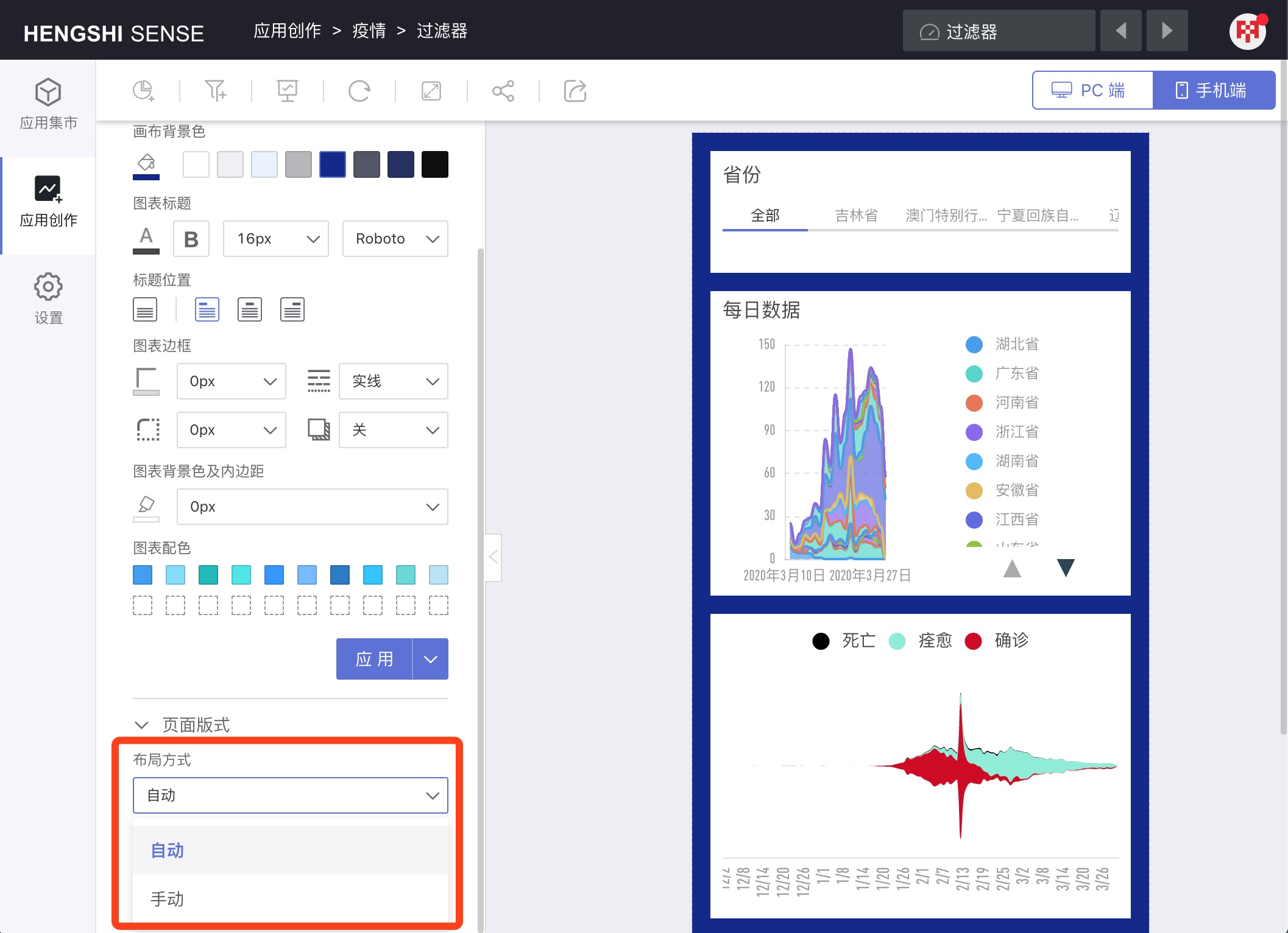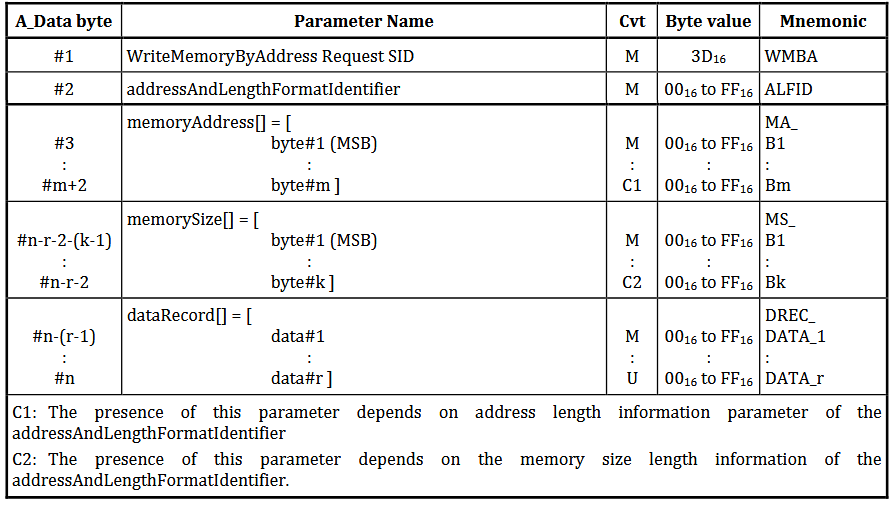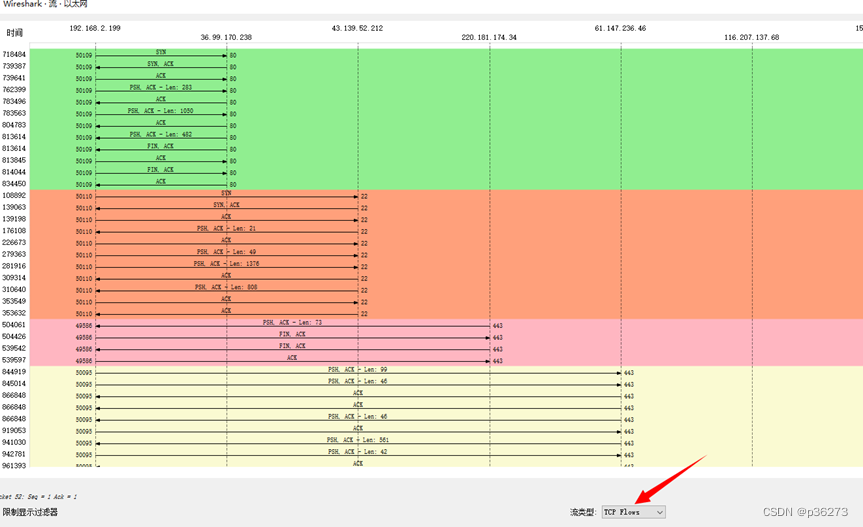🌟🌟作者主页:ephemerals__
🌟🌟所属专栏:C++、STL
目录
string类的介绍--为什么学习string类
一、string类的默认成员函数
构造函数(constructor)
析构函数(destructor)
赋值运算符重载operator=
二、string类的容量接口
size和length
capacity
clear
empty
reserve
resize
三、string对象的访问及遍历操作
1. string类的元素访问接口
operator[ ]
at
front和back
2. 迭代器接口
begin和end
rbegin和rend
cbegin、cend、crbegin、crend
3. string类字符串的三种遍历方法
3.1 下标访问
3.2 迭代器访问
3.3 范围for
四、string类的修改操作接口
operator+=
append
push_back和pop_back
assign
insert
erase
replace
swap
五、string类的字符串运算相关接口
c_str
find和rfind
substr
六、string类的常量成员
七、string类的非成员函数
relational operators(关系运算符重载)
operator>>和operator<<
getline
swap
总结
string类的介绍--为什么学习string类
之前我们对STL已经有了一些初步的了解,本篇文章我们正式开始学习STL。我们都知道,在C语言当中,有一些库函数:strlen、strcpy、strcmp、strstr......它们都是处理字符串的函数。但是这些函数的定义与字符串是分离的,并不符合面向对象编程的思想。c++标准库当中,定义了一个类用于表示字符串及其操作,叫做string。string类最开始并不属于STL,但是它在c++标准库中的作用与STL紧密相连,于是成为了STL的一员。与C语言的字符数组和头文件string.h相比,string类具有更丰富的功能、更高的安全性和更便捷的操作方式。本篇文章,我们一起学习探讨string类的一些常用接口及使用方法。
小贴士:在我们使用string类时,要引头文件<string>,并且该类定义在命名空间std当中。
string类相关接口查阅:
string - C++ Reference (cplusplus.com)
一、string类的默认成员函数
string类显示实现的默认成员函数有三种:

构造函数(constructor)

在c++11中,string有九个构造函数,但最常用的构造函数有四个:
| 函数原型 | 功能说明 |
| string(); | 无参构造,创建一个空的string类对象,即空字符串 |
| string(const string& str); | 拷贝构造,用一个string对象构造另一个对象 |
| string(const char* s); | 用一个字符数组构造一个string类对象 |
| string(size_t n, char c) | 用n个字符c构造一个siring类对象 |
使用举例:
#include <iostream>
#include <string>
using namespace std;
int main()
{
string str1;//无参构造
string str2("hello world");//用字符数组构造
string str3(10, 'c');//用10个字符c构造
string str4(str2);//用另一个string类构造
//打印
cout << "str1:" << str1 << endl;
cout << "str2:" << str2 << endl;
cout << "str3:" << str3 << endl;
cout << "str4:" << str4 << endl;
return 0;
}
注:由于标准库已经实现了string类流插入与流提取的相关重载函数,所以我们可以直接配合cin和cout对string类进行输入和输出。
析构函数(destructor)

string中字符串的内存是动态申请的,所以需要显示写析构释放相应空间。 析构函数已经被显示实现,我们无需多虑。
赋值运算符重载operator=

c++11实现了五个赋值重载函数,其中最常用的当属前三种:
| 函数原型 | 功能说明 |
| string& operator=(const string& str); | 将一个string对象赋值给另一个string对象 |
| string& operator=(const char* s); | 将一个字符数组赋值给一个string对象 |
| string& operator=(char c); | 将一个字符赋值给一个string对象 |
我们可以看到,这些重载函数的返回值都是引用类型,不仅可以减少拷贝提升效率,还能够支持连续赋值。
使用举例:
#include <iostream>
#include <string>
using namespace std;
int main()
{
string str1, str2, str3;
str1 = "hello world";//字符串赋值
str2 = str1;//string对象赋值
str3 = 'c';//字符赋值
//打印
cout << "str1:" << str1 << endl;
cout << "str2:" << str2 << endl;
cout << "str3:" << str3 << endl;
return 0;
}

二、string类的容量接口
string类有如下与容量相关的接口:

我们重点介绍一下较为常用的几个接口:
size和length


size和length的作用完全相同,都用于返回string对象中字符串的长度(不包括 '\0' ),单位是字节。
使用举例:
#include <iostream>
#include <string>
using namespace std;
int main()
{
string str = "hello world";
cout << str.size() << endl;
cout << str.length() << endl;
}
看到这里,我们不禁发出疑问:为什么会实现两个功能完全相同的接口呢?由于string类之前是不属于STL的,只有一个接口length用于求字符串长度。但由于STL的其他容器都是通过size来求元素个数,为了保持一致性,string也实现了一个相同功能的接口size。所以相比其他容器,string的某些实现上就显得比较杂乱。
capacity

capacity返回string对象为字符串开辟的空间大小,单位是字节。
使用举例:
#include <iostream>
#include <string>
using namespace std;
int main()
{
string str = "hello world";
cout << str.capacity() << endl;
}
我们在实现顺序表时,其结构中也有一个成员叫capacity,如果要插入数据,则会判断空间大小,空间不足则会提前申请空间供数组使用。string这里申请空间的机制是类似的。
clear

clear的作用是删除对象中字符串的有效内容,使其成为空字符串。注意:clear只会将有效字符清空,而不会改变空间容量的大小。
使用举例:
#include <iostream>
#include <string>
using namespace std;
int main()
{
string str = "hello world";
cout << "size:" << str.size() << endl;
cout << "capacity:" << str.capacity() << endl << endl;
str.clear();//清空字符串
cout << "size:" << str.size() << endl;
cout << "capacity:" << str.capacity() << endl;
}
empty

empty的作用是检测字符串是否是空串,如果是,则返回true;否则返回false。注意:该接口只是用于检查,不会修改字符串的任何内容。
使用举例:
#include <iostream>
#include <string>
using namespace std;
int main()
{
string str = "hello world";
cout << str.empty() << endl;
str.clear();//清空字符串
cout << str.empty() << endl;
}

reserve

reserve的作用是为字符串预留空间,单位是字节。reserve不会改变字符串有效字符的个数。注意:当参数n的值小于已有空间的总大小时,该函数不会改变其大小。
使用举例:
#include <iostream>
#include <string>
using namespace std;
int main()
{
string str = "hello world";
cout << str.capacity() << endl;
str.reserve(20);//增容
cout << str.capacity() << endl;
}
我们可以看到,传参是20,但是空间容量却被增至31。标准规定增容的结果会大于等于参数n,具体会增至多少,取决于编译器。
resize

resize的作用是将字符串中有效字符的个数修改为n个。当n大于原有的有效字符个数时,如果没有传第二个参数,则会用 '\0' 来填充元素,如果传入第二个参数c,则会用c来填充元素。注意:如果将元素个数增多,则空间大小可能改变;否则空间大小不会改变。
使用举例:
#include <iostream>
#include <string>
using namespace std;
int main()
{
string str = "hello world";
str.resize(20, 'm');
cout << "size:" << str.size() << endl;
cout << "capacity:" << str.capacity() << endl;
cout << str << endl;
}
三、string对象的访问及遍历操作
1. string类的元素访问接口
首先,我们介绍一下string类的元素访问相关接口,它们便于我们访问和修改字符串中的元素:

operator[ ]

operator[]是一个运算符重载,它能够让我们像访问数组元素一样访问string类字符串中的字符,因此,它的使用方法和数组的访问是相同的。注意:如果 pos 等于字符串长度,该函数将返回指向字符串最后一个字符之后的空字符的引用(该字符不应被修改)。
使用举例:
#include <iostream>
#include <string>
using namespace std;
int main()
{
string str = "hello world";
cout << str[0] << endl;
cout << str[3] << endl;
return 0;
}
at

at的使用方法与operator[ ]相同,传入的参数对应字符串的下标。与operator[ ]不同的是:如果越界访问,at会抛出异常,而operator[ ]会返回 '\0' 的引用。
使用举例:
#include <iostream>
#include <string>
using namespace std;
int main()
{
string str = "hello world";
cout << str.at(0) << endl;
cout << str.at(3) << endl;
return 0;
}
front和back


顾名思义,front返回的是字符串的第一个字符,而back返回的是字符串中的最后一个字符(不是 '\0')。
使用举例:
#include <iostream>
#include <string>
using namespace std;
int main()
{
string str = "hello world";
str.front() = 'w';
str.back() = 'w';
cout << str << endl;
return 0;
}

2. 迭代器接口
由于迭代器(Iterator)的组成比较复杂,现阶段我们可以将其理解为一种指针,指向容器内的数据元素。它可以执行与指针一样的操作,能够让我们用“指针”的方式访问元素。
string类的迭代器接口如下:

其中,比较常用的是前四种。
begin和end


begin返回一个指向字符串首字符的迭代器,而end返回指向字符串末尾 '\0' 的迭代器。它们返回的迭代器的类型是“iterator”或“const_iterator”(const对象)。对于一个容器而言,其迭代器接口都定义在类当中,所以我们定义迭代器时需要声明类域。

前面已经提到,我们可以像指针般地使用迭代器访问数据元素。接下来我们尝试使用它:
#include <iostream>
#include <string>
using namespace std;
int main()
{
string str = "hello world";
string::iterator it = str.begin();//定义一个string类的迭代器
cout << *it << endl;//"解引用"
it++;//后移一位
cout << *it << endl;
} 
在上面的程序中,我们可以看到定义迭代器时需要标明的类型比较冗长,这里有一个c++11小语法可以为我们提供方便:
auto关键字
在c语言当中,auto所修饰的变量叫做“自动变量”,是具有自动存储器的局部变量。后来这个关键字并不显得十分重要,于是c++11赋予了auto全新的含义:auto关键字修饰的变量,其类型由编译器在编译时根据初始化值的类型推导而得。什么意思呢?我们看一段代码:
int main() { auto a = 1; auto b = 5.5f; auto c = 'w'; return 0; }调试窗口:
我们可以看到,这些根据我们赋的初值,自动推导出了相应的类型。所以今后对于那些十分冗长的类型,我们想要创建变量或对象时,就可以使用auto做修饰,编译器就会自动推导出其类型。
使用auto关键字的注意事项:
1. auto变量在定义时必须赋初值,否则编译器会报错。
2. 同一行声明多个auto变量时,所有初值的类型都必须相同。
3. auto修饰指针类型时,使用auto或者suto*是没有区别的,但是修饰引用类型时必须加上 "&"。
4. auto不能直接用于声明数组。
5. auto不能用作函数形参,但可以用作返回值(谨慎使用)。
这样,我们就可以用一个auto变量来接收迭代器接口的返回值了,无需标明冗长的类型名。
rbegin和rend


rbegin和rend被成为“反向迭代器接口”,rbegin返回指向字符串最后一个字符的迭代器,rend返回指向字符串首元素“前一个位置”的迭代器。它们返回的迭代器类型是“reverse_iterator”或“const_reverse_iterator”(const对象)。

使用举例:
#include <iostream>
#include <string>
using namespace std;
int main()
{
string str = "hello world";
auto it = str.rbegin();
cout << *it << endl;
it++;
cout << *it << endl;
return 0;
}
这里要注意:对于反向迭代器,它的加减操作与普通迭代器相反。
cbegin、cend、crbegin、crend
相比于前四种迭代器接口,这四种迭代器就是在之前的基础上修改为只能进行读操作,不可修改指向的值。这里就不多说了。
3. string类字符串的三种遍历方法
了解了string类的元素访问接口和迭代器相关知识,我们学习string类字符串的三种遍历方法:
3.1 下标访问
代码如下:
#include <iostream>
#include <string>
using namespace std;
int main()
{
string str = "hello world";
for (int i = 0; i < str.size(); i++)
{
cout << str[i] << ' ';
}
cout << endl;
return 0;
}

可以看到,程序通过循环产生下标,配合operator[ ]来遍历元素。
3.2 迭代器访问
正向遍历:
#include <iostream>
#include <string>
using namespace std;
int main()
{
string str = "hello world";
for (auto it = str.begin(); it != str.end(); it++)
{
cout << *it << ' ';
}
cout << endl;
return 0;
}

反向遍历:
#include <iostream>
#include <string>
using namespace std;
int main()
{
string str = "hello world";
for (auto it = str.rbegin(); it != str.rend(); it++)
{
cout << *it << ' ';
}
cout << endl;
return 0;
}
3.3 范围for
由于string类字符串是一个有范围的集合,我们可能会经常对其进行遍历操作,但是使用下标访问或者迭代器访问的方式,每次遍历都需要写明范围,并且有时还会出现错误。对于这种问题,c++11规定了一种新语法:范围for循环语句。它的使用方法是:
for((范围内用于迭代的变量) : (被迭代的范围))
{
...
}
范围for会自动判断遍历结束,每一次循环结束后,用于迭代的变量都会更新。
范围for底层就是由迭代器实现的。一个容器支持迭代器,那么就支持范围for。
接下来我们尝试使用范围for遍历字符串:
#include <iostream>
#include <string>
using namespace std;
int main()
{
string str = "hello world";
for (auto e : str)//使用范围for遍历
{
cout << e << ' ';
}
cout << endl;
return 0;
}
四、string类的修改操作接口
string类中字符串内容修改相关的接口如下:

其中operator+=最为常用,我们重点介绍;其他接口作为了解即可。
operator+=

operator+=是一个运算符重载,它的作用是字符串追加,可以追加字符,也可以追加字符串。
它的常用重载函数有三个:
| 函数原型 | 功能说明 |
| string& operator+=(const string& str); | 追加一个对象中的字符串 |
| string& operator+=(const char* s); | 追加一个字符数组 |
| string& operator+=(char c); | 追加一个字符 |
使用举例:
#include <iostream>
#include <string>
using namespace std;
int main()
{
string str1 = "hello ";
string str2 = "world";
cout << str1 << endl;
str1 += str2;//追加一个对象中的字符串
cout << str1 << endl;
str1 += '!';//追加一个字符
cout << str1 << endl;
str1 += "!!!!";//追加一个字符数组
cout << str1 << endl;
return 0;
}
过一会我们了解push_back、append时,你会发现它们的一些接口与operator+=的效果是一样的。不过一般情况下,operator+=比较常用。
小技巧:我们在对字符串进行追加等操作时,如果能够大概预估到需要多大空间,可以先使用reserve将空间预留好,然后进行操作,可以提升运行效率。
append

append作用是追加字符串,它有七个重载函数:
(1)string
追加一个str的副本。
(2)substring
追加一个str的子字符串的副本。子字符串是str的一部分,从字符位置subpos开始,并跨越子字符(或者直到str的末尾,如果str太短或者sublen是string::npos)。
(3) c-string
附加一个由s指向的以空结尾的字符序列(C-string)组成的字符串的副本。
(4)buffer
在s所指向的字符数组中追加前n个字符的副本。
(5)fill
追加n个字符c的连续副本。
(6)range
以相同的顺序追加[first,last)范围内字符序列的副本。
(7)initializer list
以相同的顺序追加il中每个字符的副本。
push_back和pop_back

push_back的作用是将一个字符追加到一个字符串末尾。

pop_back的作用是删除字符串末尾的字符。
assign

assign的作用是给一个字符串赋一个新值,舍弃原来的值。他有八个重载函数:
(1)string
str副本。
(2)substring
复制str中从字符位置subpos开始的部分,并跨出sublen字符(如果str太短或sublen为string::npos,则复制到str的末尾)。
(3) c-string
复制以s为指向的以空结尾的字符序列(C - string)。
(4)buffer
从s指向的字符数组中复制前n个字符。
(5)fill
将当前值替换为字符c的连续n个副本。
(6)range
以相同的顺序复制[first,last)范围内的字符序列。
(7)initializer list
以相同的顺序复制il中的每个字符。
(8)move
获取str的内容。STR保持在未指定但有效的状态。
insert

insert的作用是在字符串指定位置插入字符或者字符串。八个重载函数描述如下:
(1)string
插入一个str的副本。
(2)substring
插入str的子字符串的副本。子字符串是str的一部分,从字符位置subpos开始,并跨越子字符(或者直到str的末尾,如果str太短或sublen为npos)。
(3) c-string
插入由以s为指向的以空结尾的字符序列(C-string)组成的字符串的副本。
(4)buffer
在s所指向的字符数组中插入前n个字符的副本。
(5)fill
插入n个字符c的连续副本。
(6)single character
插入字符c。
(7)range
以相同的顺序在[first,last)范围内插入字符序列的副本。
(8)initializer list
以相同的顺序插入il中每个字符的副本。
erase

erase的作用是删除字符串的一部分,三个重载函数如下:
(1)sequence
擦除字符串值中从字符位置pos开始并跨越len字符的部分(如果内容太短或len为string::npos,则擦除直到字符串末尾)。注意,默认实参会擦除字符串中的所有字符(类似于成员函数clear)。
(2)character
擦除指向p的字符。
(3)range
擦除[first,last)范围内的字符序列。
replace

replace可以将字符串的一部分替换为另一字符串或者字符。这个接口听着感觉比较实用,但是当需要替换的部分的长度比原部分大时,就需要将后面的字符全体后移,效率较低,实用性较差。
七个重载函数:
(1)string
str副本。
(2)substring
复制str中从字符位置subpos开始的部分,并跨出sublen字符(如果str太短或sublen为string::npos,则复制到str的末尾)。
(3) c-string
复制以s为指向的以空结尾的字符序列(C-string)。
(4)buffer
从s指向的字符数组中复制前n个字符。
(5)fill
将字符串的一部分替换为字符c的连续n个副本。
(6)range
以相同的顺序复制[first,last)范围内的字符序列。
(7)initializer list
以相同的顺序复制il中的每个字符。
swap

顾名思义,swap的功能是交换两字符串的内容。使用举例:
#include <iostream>
#include <string>
using namespace std;
int main()
{
string str1 = "aaaaa";
string str2 = "bbbbbb";
str1.swap(str2);//交换两字符串
cout << "str1:" << str1 << endl;
cout << "str2:" << str2 << endl;
}

五、string类的字符串运算相关接口
string类有以下字符串运算相关的接口(博主只介绍其中比较常用的几个,其他的可自行了解):

c_str

c_str可以将对象临时转换为一个字符数组(以 '\0' 结尾)。它的返回值是指向自己成员字符数组的指针。
该函数返回的指针指向内容被const修饰,我们只能读,不能通过该函数修改字符串内容。
使用举例:
#include <iostream>
#include <string>
using namespace std;
int main()
{
string str = "hello world";
cout << str.c_str() << endl;//打印字符串
return 0;
}
find和rfind

find用于查找一个字符串当中第一次出现的子串或者字符。 如果给定了参数pos,则函数会从字符串的pos位置开始向后查找;否则从起始处查找。
如果找到了,函数会返回第一个匹配的第一个字符的位置。如果找不到,则返回npos(第六点有介绍)。
这里解释一下第三个重载函数:从pos位置开始,查找对象字符串中的第一个匹配的子串,该子串由字符串s中前n个字符构成。

与find相反,rfind的作用是查找一个字符串当中最后一次出现的子串或者字符。如果给定了参数pos,则函数会从字符串的pos位置开始向前查找;否则从起始处查找。其余机制与find相同,不多做赘述。
substr

substr会产生一个新的string对象,该对象中的字符串是由原字符串中pos位置开始的len个字符组成。如果没有给定参数len,则一直截取到原字符串末尾。
使用举例:
#include <iostream>
#include <string>
using namespace std;
int main()
{
string str1 = "hello world";
string str2 = str1.substr(2);//截取下标为2的位置开始的部分
string str3 = str1.substr(2, 6);//截取下标为2的位置开始的六个字符
cout << str2 << endl;
cout << str3 << endl;
return 0;
}
六、string类的常量成员
刚才我们在一些接口的缺省参数中看到了"npos",它便是string类的常量成员。

npos具有size_t类型元素的最大可能值。
当在string的成员函数中作为len(或sublen)参数的值时,该值表示“直到字符串结束”。
作为返回值,它通常用于表示没有匹配。
该常量定义为-1,由于size_t是无符号整型,因此它是该类型的最大可表示值。
七、string类的非成员函数
最后,我们介绍几个string类相关的非成员函数,它们在string的使用中有至关重要的作用。

relational operators(关系运算符重载)

string类重载了一系列关系运算符,用于比较对象之间的大小。它们的比较机制与c语言中的strcmp相同。我们使用这些运算符时,只需要将两对象放在运算符两边即可。
使用举例:
#include <iostream>
#include <string>
using namespace std;
int main()
{
string str1 = "abc";
string str2 = "abd";
//大小比较
if (str1 > str2)
{
cout << "str1 > str2" << endl;
}
else if (str1 == str2)
{
cout << "str1 == str2" << endl;
}
else
{
cout << "str1 < str2" << endl;
}
return 0;
}

operator>>和operator<<


这两个运算符重载用于对string的输入和输出。使用方法与其他内置类型的输入输出相同。
对于输入操作,函数会以空格、回车等字符作为分隔符,它们将无法读入字符串当中。如果想要读取这些字符,就需要使用getline函数。
getline

getline的作用是从输入流中提取字符串并将其存储到str中,直到找到分隔字符delim(没有给定该参数时,分隔符默认是 '\n' )。如果到达文件的末尾,或者在输入操作期间发生其他错误,提取也会停止。如果找到分隔符,则提取并丢弃它(即不存储它,下一个输入操作将在它之后开始)。
注意:调用之前str中的任何内容都将被新提取的序列替换。
使用该函数输入时,每个提取的字符都被附加到字符串中,就像调用了其成员push_back一样。
使用举例:
#include <iostream>
#include <string>
using namespace std;
int main()
{
string str1;
getline(cin, str1);//使用getline输入整行
cout << str1 << endl << endl;
string str2;
cin >> str2;//使用operator>>输入
cout << str2 << endl;
return 0;
}

可以看到,getline读取了一整行字符,而operator>>遇到空格就停止读取。
swap

成员函数当中也有一个swap接口,用于两个字符串的交换。这个非成员的swap作用于其相同,只是在调用方法上略有不同而已。
总结
今天,我们正式进入了STL的大门,学习了第一个容器——string。string虽然接口较多,但是它的实用性很高,为我们处理字符串提供了很多便利。由于其中一些接口并不是很常用,博主就没有过多赘述,大家可以在cplusplus官网进一步了解它们。之后博主会和大家一起,在熟练运用的基础上,深入其底层,并尝试模拟实现string类。如果你觉得博主讲的还不错,就请留下一个小小的赞在走哦,感谢大家的支持❤❤❤





















